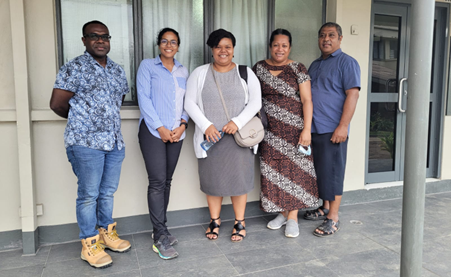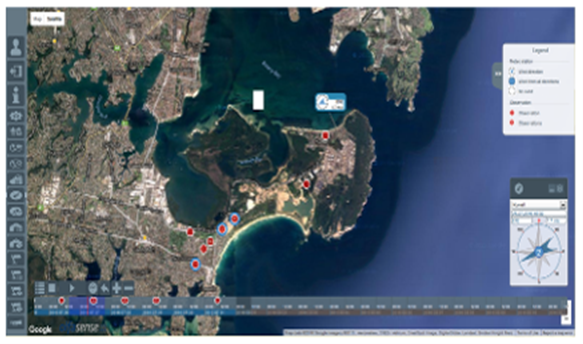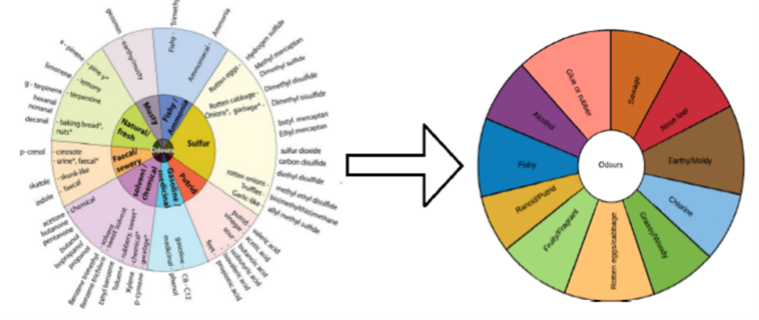Community Engagement
Odour and air polluted related dialogue is often challenging given the ambiguous nature of detection, assessment, and reaction. To this end, effective and accurate engagement provides a means to establish equitable scenarios for all stakeholders.
Engaging communities affected by Odours
Communities have traditionally been sources of complaints for industry. The UNSW Odour Laboratory is conducting research and projects into how to transform community-industry interactions into more meaningful, more positive experiences.
Approaches
-
Surveys
Surveys can be used to investigate a wide range of perspectives, attitudes, observations, behaviours, as well as beliefs. Survey design can often be a challenging experience and as such the UNSW Odour Lab has highly trained survey design experts to ensure that the right information is being obtained from the right stakeholders, in the right way.
-
Online reporting platforms
The Odour lab has employed online platforms that provide dynamic, accessible, and effective monitoring options (Figure 1 below).
|
|
Careful planning and research is required to ensure that any one platform provides industry and community with what they need to improve their relationship with each other.
-
Translating community information into usable outputs for industry
Application of odour testing methods and results (ODP, chemical analysis, olfactometry, intensity) into forms that can be used be directly understood and utilised by the community (Figure 2 below).
|
|
Relevant Publications
Hayes JE; Stevenson RJ; Stuetz, RM, 2014, ‘The impact of malodour on communities: a review of assessment techniques’ , Science of the Total Environment, vol. 500, pp. 395-407, https://doi.org/10.1016/j.scitotenv.2014.09.003
Hayes JE; Steveson RJ; Stuetz RM, 2017, ‘Survey of the effect of odour impact on communities’ Journal of Environmental Management, vol. 204, pp. 349-354, https://doi.org/10.1016/j.jenvman.2017.09.016
Hayes JE; Fisher RM; Stevenson RJ; Mannebeck C; Stuetz RM, 2017, ‘Unrepresented community odour impact: improving engagement strategies’ Science of the Total Environment, vol. 609, pp. 1650-1658, https://doi.org/10.1016/j.scitotenv.2017.08.013
Hayes JE; Fisher RM; Stevenson RJ; Stuetz RM, 2019, ‘Investigation of non-community stakeholders regarding community engagement and environmental malodour’, Science of the Total Environment, vol. 665, pp. 546-556, https://doi.org/10.1016/j.scitotenv.2019.02.137







